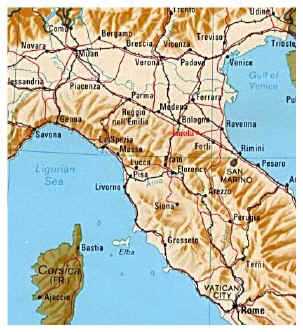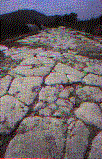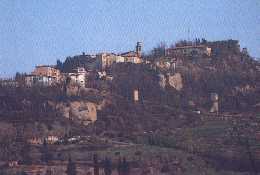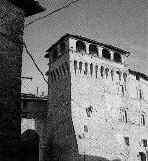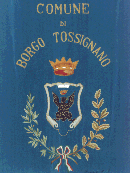Nor will I bore you with long lists of Cardinals, Judges, Ambassadors, Mayors or, as often in the past, "Gonfalonieri," in essence Army leaders who led troops to numerous petty battles which may have had some local importance but no consequence on the world scene. None of them acquired the stature of a Napoleon, or a St. Thomas Aquinas. So, why bother?
Also, the 'more plasma' side of history will be briefly noted only when referring to a main turning point in our Family history. Anyone who wants an in-depth account can e-mail our Webmaster for details.
Then, although these pages are written in our contemporary "Lingua Franca," the English language for universal comprehension, we are Italian and for us English is an acquired language. Therefore, if you spot a turn of phrase that doesn't sound "right," be patient and understanding.
To ease downloading, I've split this section in several pages. Still, grab yourself a glass of wine, or milk or whatever and, yes, by all means get some munchies because this is loaded with graphics and is going to take a while. My suggestion is, read the text while the graphics load, then go back to take a look.
If you're in a hurry, do yourself a favor: leave it for another day.
Enjoy.

